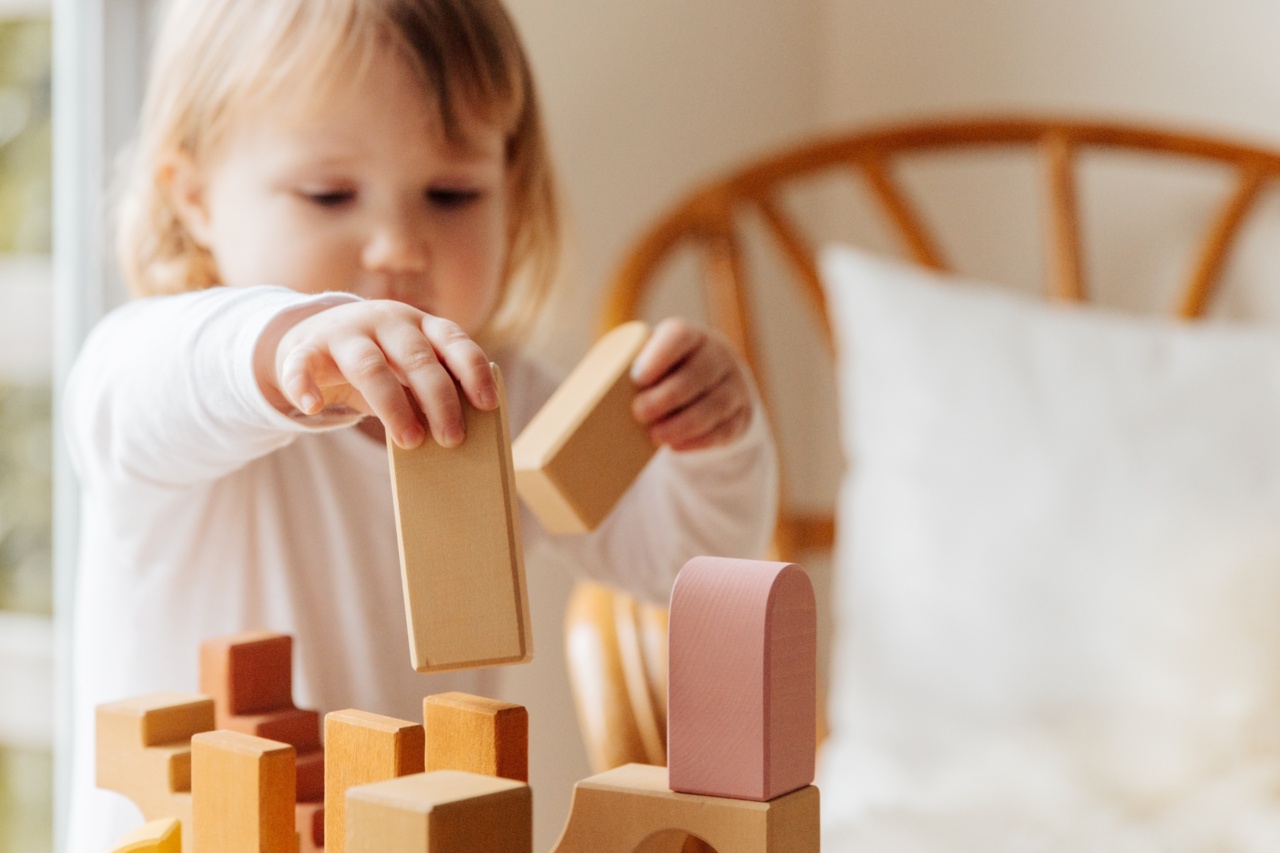Punishment is commonly defined as any action or consequence that follows an unacceptable behavior in order to decrease its occurrence in the future.
Parents, teachers, and other caregivers often use punishment as a tool to discipline children and teach them to behave appropriately. However, research has shown that punishment can have harmful effects on children’s physical, emotional, and cognitive development, both in the short term and in the long term.
Physical Effects
The physical effects of punishment on childhood development are often overlooked, but they can be significant. Physical punishment, such as spanking or hitting, can lead to physical injuries such as bruises, cuts, and broken bones.
This is especially true when the punishment is excessive or done in anger. In addition, physical punishment can have long-term effects on the body, such as chronic pain and increased risk for physical health problems such as heart disease and obesity.
Emotional Effects
The emotional effects of punishment are perhaps the most well-known. Punishment can cause children to feel anxious, fearful, angry, and resentful, which can lead to a number of psychological problems.
For example, children who experience frequent punishment are more likely to develop depression, anxiety disorders, and post-traumatic stress disorder (PTSD). They are also more likely to experience behavioral problems such as aggression and defiance.
Cognitive Effects
The cognitive effects of punishment are less obvious, but no less significant. Punishment can interfere with children’s ability to learn, remember, and problem-solve.
Children who experience frequent punishment are more likely to have lower academic achievement and lower IQ scores. In addition, punishment can cause children to become less curious, less creative, and less motivated to learn.
Alternatives to Punishment
Given the harmful effects of punishment on childhood development, it is important to consider alternative approaches to discipline. Here are some strategies that have been shown to be effective:.
1. Positive reinforcement
Positive reinforcement involves rewarding good behavior instead of punishing bad behavior. This can be done by praising children, giving them stickers or other rewards, or allowing them to engage in a preferred activity or behavior.
Positive reinforcement has been shown to be more effective than punishment in shaping behavior and promoting learning.
2. Time-outs
Time-outs involve removing children from a frustrating or upsetting situation and giving them time to calm down and think about their behavior.
Time-outs can be effective in reducing inappropriate behavior, especially when combined with positive reinforcement for good behavior.
3. Logical consequences
Logical consequences involve allowing children to experience the natural consequences of their behavior. For example, if a child refuses to wear a jacket in cold weather, the natural consequence is that they will feel cold.
Logical consequences can be more effective than punishment in teaching children to take responsibility for their actions and learn from their mistakes.
4. Problem-solving
Problem-solving involves teaching children to identify their feelings, brainstorm ways to cope with difficult situations, and choose the best course of action.
Problem-solving can be an effective alternative to punishment, especially for children who have difficulty regulating their emotions or managing stress.
Conclusion
Punishment may seem like an easy and effective way to discipline children, but it can have harmful effects on their physical, emotional, and cognitive development.
Alternatives such as positive reinforcement, time-outs, logical consequences, and problem-solving can be more effective and promote healthier development. By adopting a more positive and respectful approach to discipline, parents and caregivers can help children grow into confident, well-adjusted adults.


























